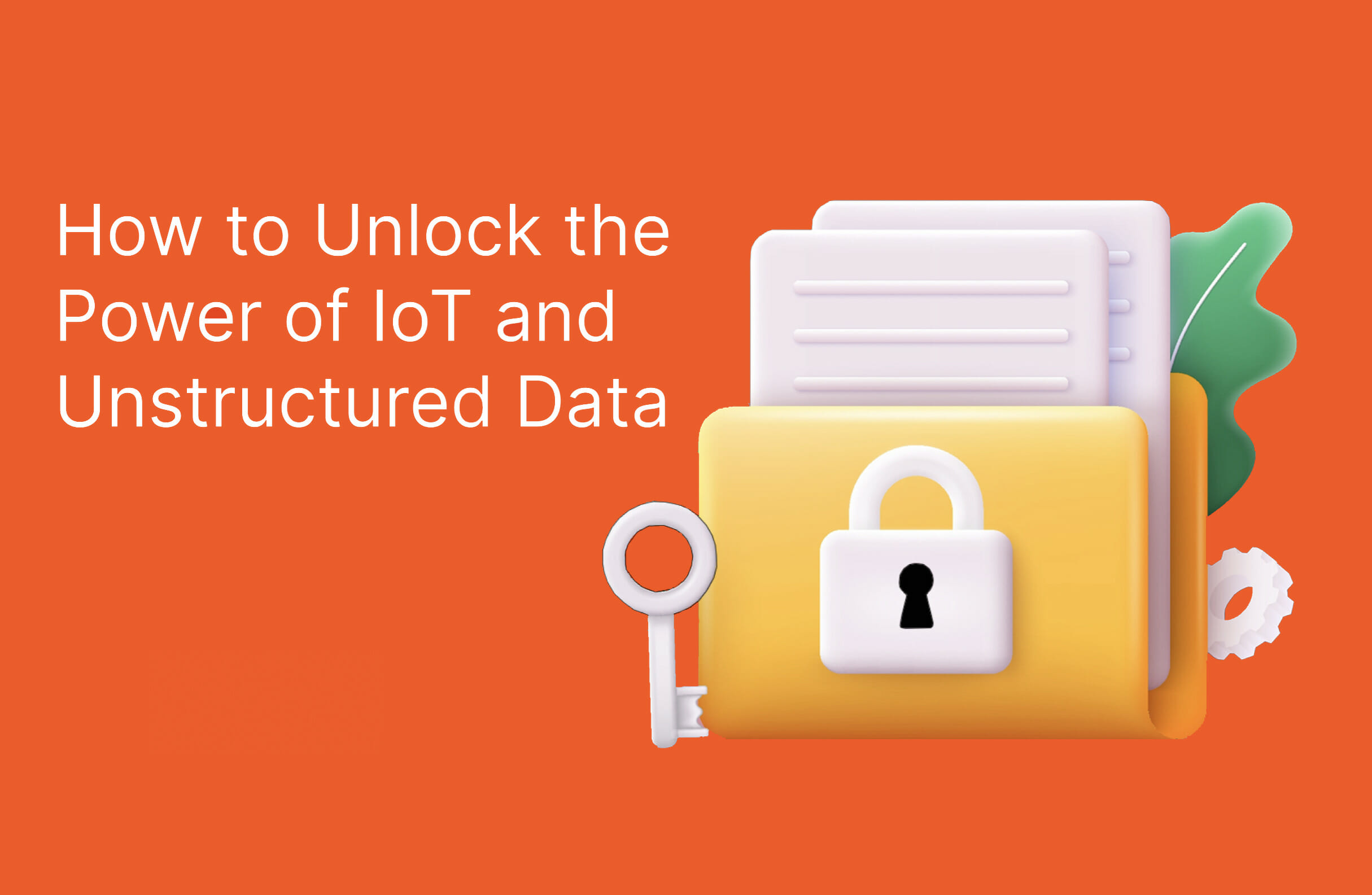Today’s internet of things (IoT) has come a long way from the “smart home.” We’re at a smart global infrastructure scale now, with millions of networked IoT devices. From smart cities and manufacturing to retail surveillance and data center sustainability, the IoT’s practicality is clear. What’s less practical, however, is the size of its dataset.
The IoT creates zettabytes of data around the clock. This data isn’t just big, it’s unstructured, which means storing it isn’t even the whole story—processing, mining, and analyzing it is the next big hurdle. It’s leaving many organizations scrambling to find the right storage and analytics solutions to stay ahead of its scale.
Here’s how organizations can leverage IoT data for more edge at the edge.
Why IoT Data Is Growing—in Scope and in Value
The IoT is made up of machines, systems, sensors, cameras, and other equipment that are networked with other machines and systems to share, store, and process data. These IoT devices can offer:
- automated recommendations
- increased efficiency
- inventory tracking
- biometric scanning at security checkpoints
- fleet management systems that monitor driver speed and location
- public safety systems that keep a close watch in crowded areas and alert authorities to dangerous situations
IDC predicted that by 2025, 152,000 IoT devices will be connecting to the internet per minute, and estimates of the total number of connected devices by 2025 range anywhere from 27 billion to 80 billion.
Each one of those billions of devices is generating its own vast volumes of unstructured, real-time data, most of which needs to be stored, managed, aggregated, and analyzed if an organization wants to get its true value.
Trying to do that on legacy hardware is an uphill battle.
Learn how F1 teams uses IoT sensors to fine-tune cars >>
The Challenge of IoT and Unstructured Data
IoT data types can vary:
- Structured data—think easily categorized information that could fit into rows and columns of an Excel spreadsheet
- Unstructured data—data that is harder to organize. This can include traffic flow data to recorded customer feedback from a phone call to camera surveillance footage to social media comments.
Unstructured data is difficult to organize, and it’s also the most common type of data. Industry analysts say it could make up 80% to 90% of an organization’s entire data collection. For many organizations, the most viable and affordable way to store this was on disk-based storage. But for IoT data to be useful, it needs to be accessible—and disk adds to this challenge.
What’s needed is speed and agility. Big data analytics systems that can parse unstructured data and aggregate it with other sources and types of data can make connections and provide insights from wildly differing sets of data, such as customer buying behaviors and weather patterns. Or employee turnover and federal interest rates. The importance and demands of unstructured data are no different when it comes to IoT.
That’s where the value lies—and where flash-based unstructured data storage can help.
Why Data Storage Is Key to Unlocking Insights
Enterprises that want to realize the true potential of their IoT and other data need the right solution to store it. If it’s to store IoT data for immediate or later analysis, the smart solution is one that helps them address the challenges posed by fast-growing, demanding unstructured data.
Related reading: How to Diagram a Data Warehouse >>
Storage is typically divided into silos. These often align with the various ways the system holds, organizes, and presents data. If storage solutions are optimized for specific types of data and workloads based on protocol support, performance requirement, or scalability, it can create problems for big data analysis. When every type of data needs to be stored, managed, and analyzed together, the ability to organize, manage, and access all data from the same platform is critical.
Northwest Independent School District, one of Texas’ fastest growing school districts, strengthens school safety at 30+ campuses with uninterrupted surveillance camera live streams. As the district grew, inefficient storage became a time and energy drain—and threatened the stability of data-driven services that power 24/7 learning. Pure Storage® offered a 11:6 compression rate that cuts rack space by 75% and hours of storage tasks, also eliminating glitches and service downtime.
WOBCOM, a fixed network provider, helps enterprise customers process business data for projects such as smart cities, which produce massive amounts of real-time data from IoT sensors and dynamic energy and traffic management systems. With a unified fast file and object storage platform like Pure Storage FlashBlade® underpinning the company’s storage infrastructure, WOBCOM enable these projects with ease.
How Pure Storage Can Support IoT Data
Modern innovations demand modern foundations to succeed. In the IoT space, what sets industry leaders apart is their ability to manage and analyze that data to gain actionable insights into operations, customer preferences, and evolving trends.
Pure Storage is leading the charge to an all-flash data center of the future—one that can support the growing demands of IoT data today and tomorrow. Pure FlashBlade® is a unified file and object scale-out solution for all of your structured and unstructured data. Explore how it can handle even large-scale analytics and massive volumes of data to ensure you get the most value from your IoT devices.

The Future of Storage
Unleash the Power
of Your Data
Learn how only Pure Storage can meet your data storage needs now—and in the future.
Maximize IoT Data
Get the most value from your data with the industry’s leading unified fast file and object (UFFO) storage platform.







